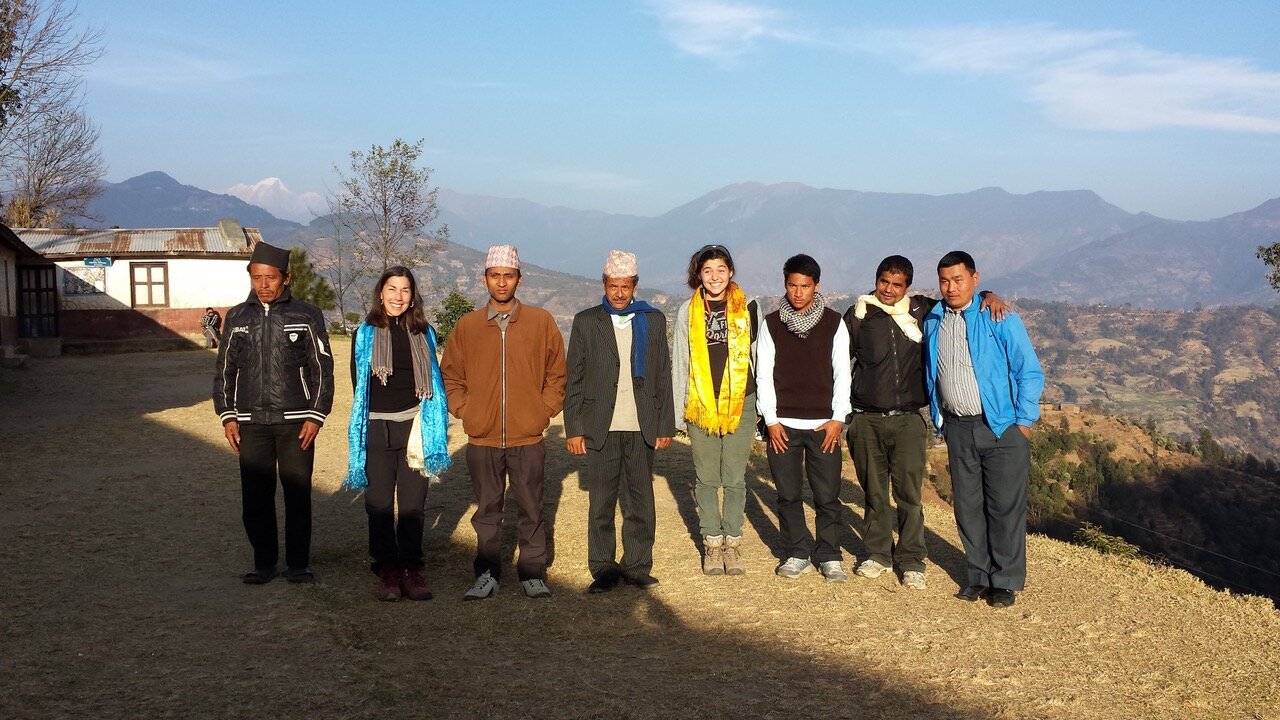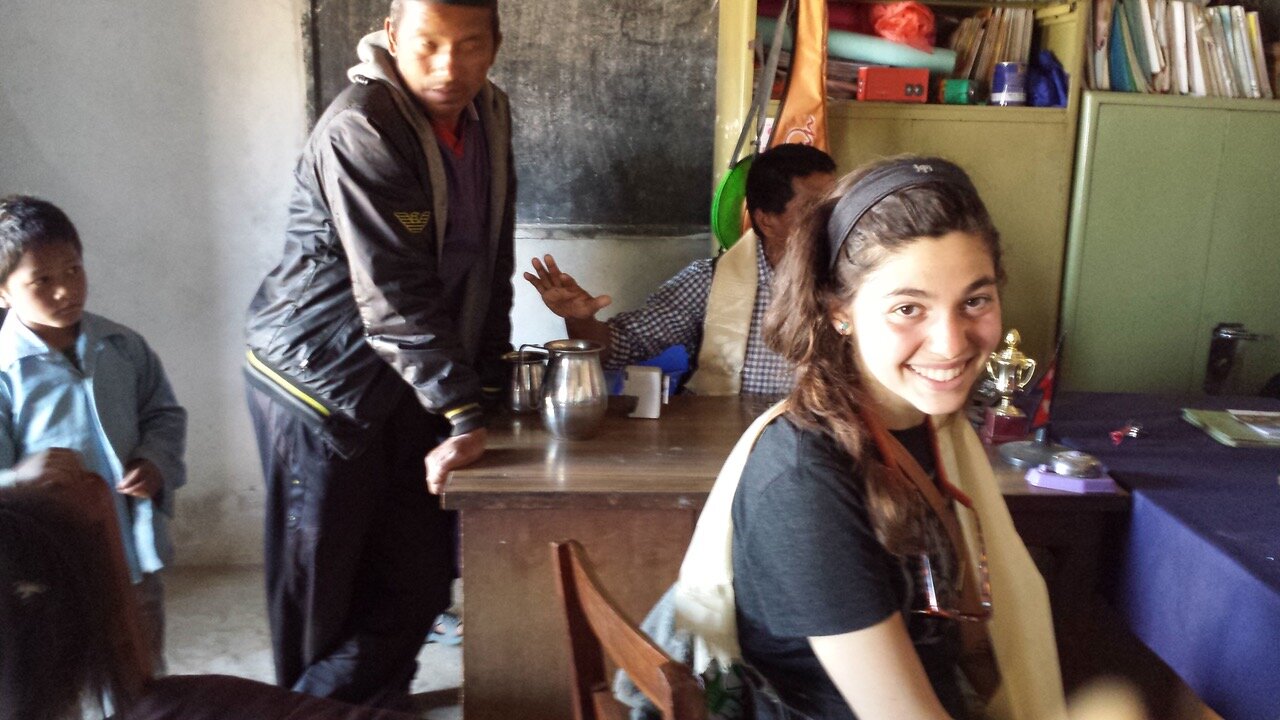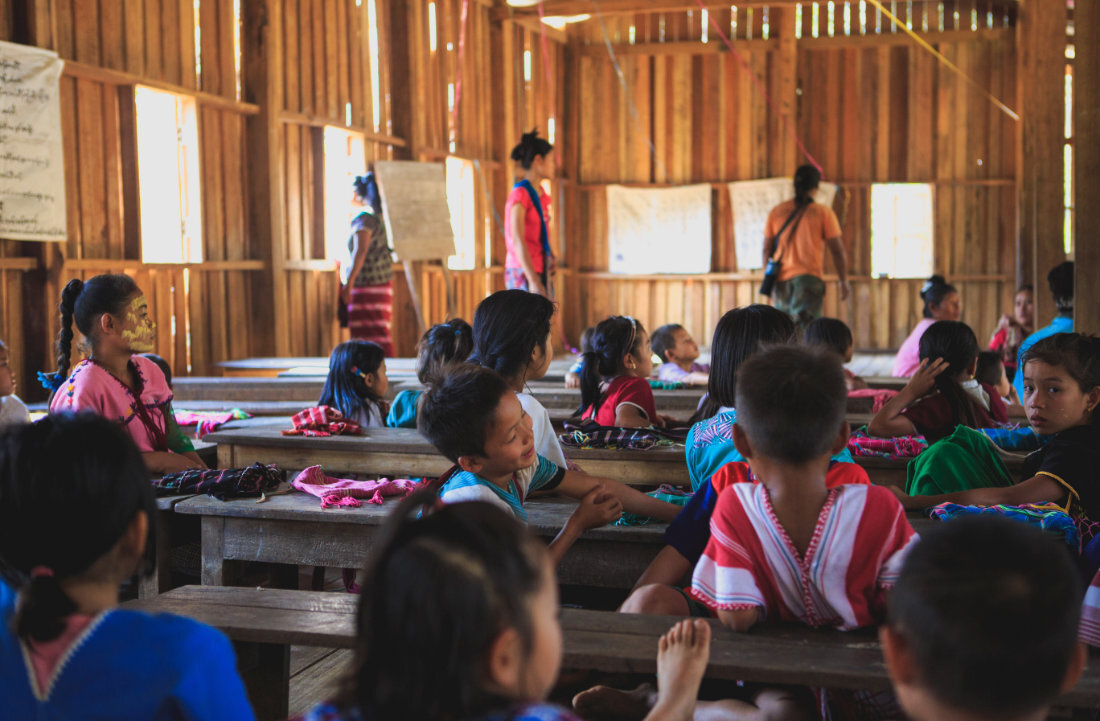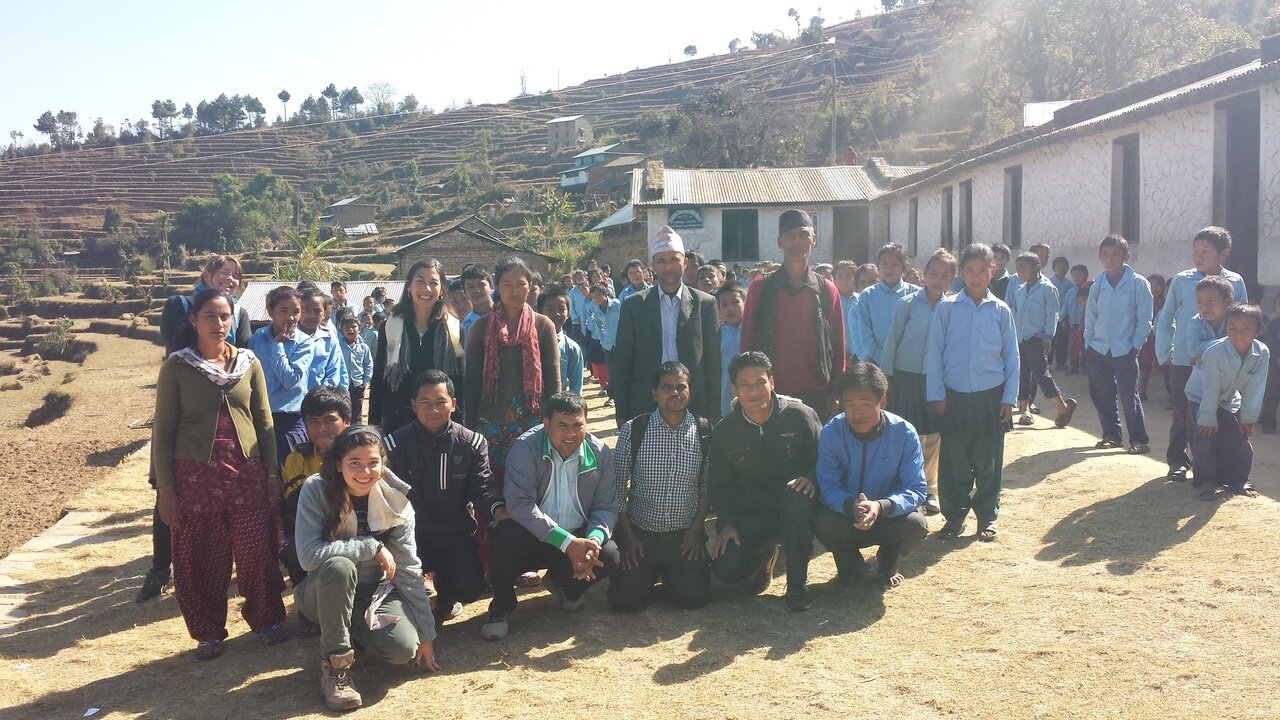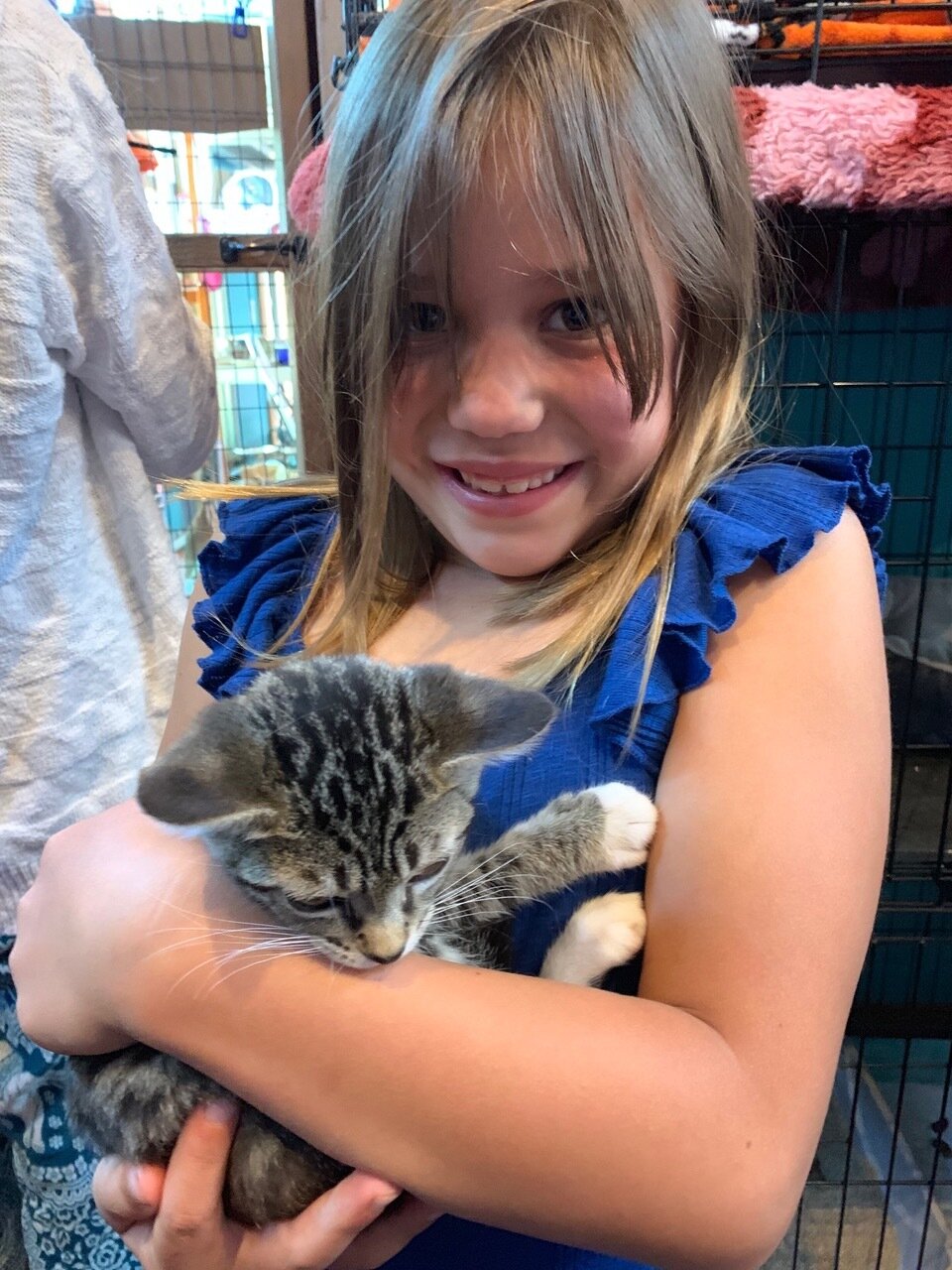How do we choose to make a difference in the world? Some of us give from our wallets. Some of us build with our hands. Some of us contribute our time and expertise. However we engage in helping others, one of the best ways to establish a legacy of family philanthropy is giving by example.
Nancy Porten grew up in a family of modest means, but that didn’t mean her family couldn’t give to others. Nancy’s mother volunteered, and she talked to Nancy about the charities that were important to her. When Nancy reached high school, she followed her mother’s example, becoming a candy striper at a local hospital. The tradition of giving continued as she grew up, married, and started a family. As Nancy's family became more affluent, she continued to give by example to instill these values in her children, and she looked for new ways to contribute in the world.
While trekking to Everest Base Camp with her husband and children in 2008, Nancy discovered a like-minded connection with her guide, Deana Zabaldo. They both felt a connection to Nepal and a desire to help the people there. Deana had served as a Peace Corps volunteer in Nepal and then became a professional trekking guide who gave back as part of her ethical travel standards. Nancy, too, wanted to help the people in this country that had touched her and her family on their journey to the top of the world.
Through a combination of private donations, selling ethically sourced jewelry, and volunteer work, Deana and Nancy created a diverse financial base for supporting sustainable development. Together, they founded Changing Lives Nepal (www.changinglivesnepal.org) and began to support education and poverty alleviation. Eleven years later, their projects include a home for orphaned and abandoned children, construction and repair of classrooms at rural schools, and sustainable organic farms to create a reliable source of income in rural villages.
Nancy’s efforts were as visible and influential to her daughter Bethany as her own mother’s volunteering had been years before. As a high school senior in 2013, Bethany took the initiative to create Beads for Batase, selling prayer bead bracelets from Nepal to raise money and donate computers to the village school in Batase, Nepal. Bethany participated in community events and sold her beads locally—including at a booth for a July 4th town festival. She also ran an email fundraising campaign for her family and friends while maintaining a social media campaign that featured blog posts on her progress. She successfully raised enough funds and then personally traveled to this small and remote village to help install the computers that she had pre-loaded with software and support the students and teachers.
Bethany continues to have an awareness and dedication to giving back. She did a return trip in 2014, when she and Nancy got to see how the computers were involved in the students’ and educators’ work. It was the school’s administrators who also found value in having the computers and software to make their jobs easier. Today, Bethany is pursuing naturopathic school in the service of others’ health and disease prevention.
Three generations of philanthropy: grandmother, mother, and daughter. A legacy of giving to support others in need. Making a difference in ways that matter to them.


